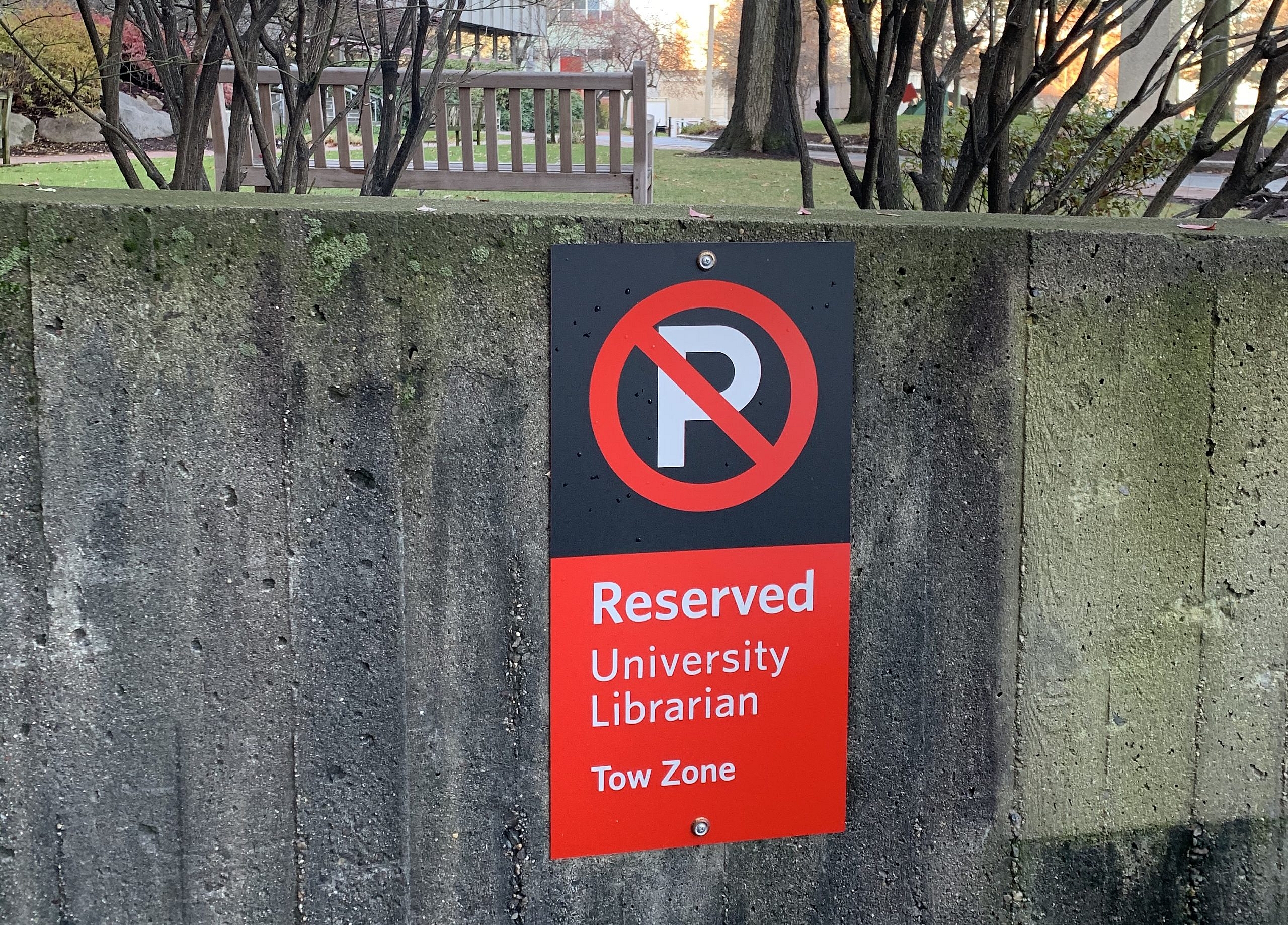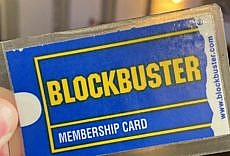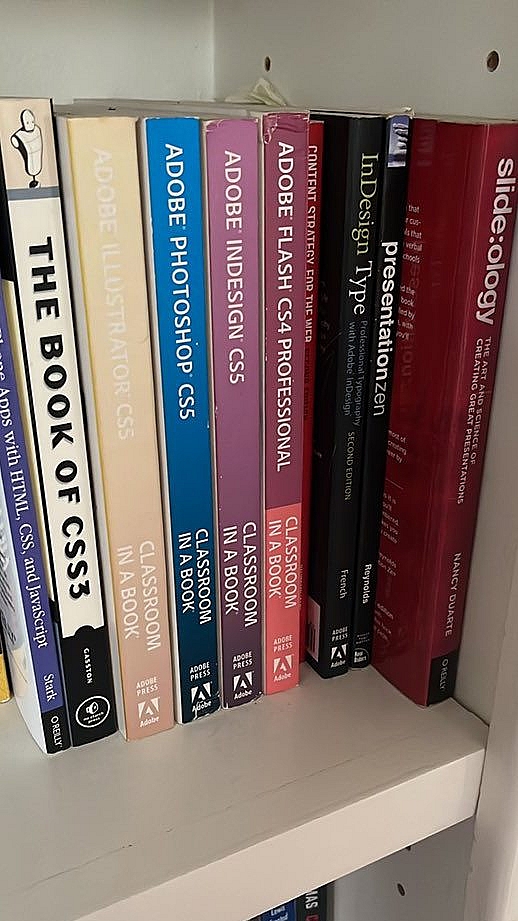
🎵 “Heart of a Dreamer” by Derrick Hodge
This week, I learned a lot about the library profession. I traveled to Columbus, Ohio as a first-time attendee of the IDEAL ’19 conference on Inclusion, Diversity and Equity in Academic Libraries. I joined five of my colleagues from Boston University Libraries for the 2-day event hosted by The Ohio State University Libraries.
I managed to be active on Twitter for the better part of the conference. (See my IDEAL ’19 hot takes here.) But one thread that followed me throughout the sessions I attended, the meetings I scheduled, and the impromptu networking chats I had was the the potential of the diversity resident librarian.
I first heard about diversity resident librarians a couple years ago over dinner with Jon Cawthorne. He told me about a program he was developing called the ACRL Diversity Alliance where academic libraries commit to hiring underrepresented candidates for a two-year residency.
I began to think about this after a couple of chats I had during the breaks. During one, a baby boomer colleague asked me what I did at BU. When I said I was an entrepreneur in residence, he assumed I meant I was a diversity resident focusing on entrepreneurship or the business library. Maybe it was the age difference. Maybe it was the common understanding of residencies in libraries today. We had an interesting conversation trying to untangle these semantics.
A second conversation was with two actual diversity residents. When I asked what they did, they struggled to explain their jobs. Maybe it was because they were still new. Maybe it was because the role changes overtime. Or maybe it was because it’s not a role that has a natural path forward. Either way, I did get a better sense that the work they were doing was not focused on diversity, equity and inclusion at their organizations.
After all, the expertise required for this work isn’t taught in library school. Further, people don’t enroll in library school to become diversity coordinators – they go for an MLIS degree to manage information.
Semantics actually matter when it comes to Diversity Residents
The goal of diversity residents is both morally strong and strategically sound. It’s smart for organizations to have diverse perspectives and experiences when serving increasingly diverse populations. This is the same as affirmative action-driven admissions policies on college campuses. But colleges don’t label students “affirmative action admits” or “diversity students”. Once admitted, the student is able to blend into the community and focus on their area of study.
Diversity residents in libraries don’t have this ability. The organization and the public knows that the primary reason they are employed at the organization is due to their race or ethnicity as opposed to their merit. This creates a few problems:
- It sends the wrong message to the resident. It suggests that the main reason you’re here is because of your background – not because of your potential, or the actual contributions you will make to our organization. “Your profile/persona – not your intellect, voice or passion – is what we need.” Not cool.
- It fuels tokenism. A paradox of diversity initiatives is that organizations are not diverse, therefore hiring diverse candidates is the solution. But most diverse candidates are not organizational development experts (as these issues aren’t even taught in MLIS curricula), while they are viewed as the expert in non-diverse environments, asked to serve on committees, speak at events, be present for photo opportunities, etc. This phenomenon is institutionalized through adding “Diversity” to the title.
- It puts the employee in a foyer, not on a ladder. Unlike 50 years ago, dismantling white supremacy through hiring non-whites is now socially acceptable. But “Diversity Resident” roles have no place to go as the individual gains more experience. Inside of the organization, there’s no natural place to advance to on the org chart – they essentially start from scratch after the 18-24 months expires in a new role, making the diversity role more like a foyer to enter a building, as opposed to a ladder to climb up it’s floors. By removing Diversity from the title, the organization is forced to fit the diverse hire in an actual formal position that their colleagues understand where it fits within the operations, along with other organizations in the community who would potentially consider this individual for opportunities.
As Ariana Santiago tweeted
Replacing residencies for traditional employment
The irony of me making this recommendation is that I’m a resident myself. A diverse one at that. So am I being hypocritical when I say that we should get rid of the residency model? Not exactly. While I’m not a Diversity Resident in the traditional sense, the difference is that I have 12 years of experience with a very clear direction of what’s next for my career, and my organization has a very unusual circumstance that takes place once every couple of decades. Below are a few reasons why the traditional diversity resident model for entry-level diverse candidates is not ideal.
- More difficult for the resident: To have a potential end-date to your role when your desire is to work long-term hampers you from doing your best work. The mental burden of worrying whether you will be rewarded with long-term employment, not contingent on your actual performance but rather the structure of the agreement, is a very precarious position to be in. This is coupled with reserved interactions with co-workers, the next point.
- More difficult for co-workers: Diversity Residencies create an environment where other members of the organization are not incentivized to invest in meaningful work relationships with the resident, given that they probably won’t be there after 18 months. People sense their “other” status due to their employment agreement, which only compounds the “other” status held by being non-white.
- Not economic for the organization: Ultimately, the residency model does a disservice to the organization, as meaningful long-term responsibility cannot be assigned to a temporary employee. The organization also loses out on the institutional knowledge and leadership investment it poured into the employee.
Let’s continue iterating on our good intentions
Now, my opinions should not be taken as opposition to diversity residencies – I think that they are better than no effort at all. After all, reversing 400 years of oppression against Black people and another several decades of discrimination against other non-whites is the most difficult work of our time. All initiatives led by people who commit their lives and careers to right these wrongs should be applauded.
But if the intention is truly to diversify the organization in the short-term and the profession in the long-term, the mechanics of the employment agreement should be reconsidered.
We have to consider the structure of these programs not only from the organization’s perspective, which bears in mind a larger economic and operational context, but also from the perspective of the resident and the community they come from.
Precarious employment agreements and lack of direction, coupled with non-transferable experiences and the collective emotional burden of tokenization are a recipe for burnout. The retention rates of these programs are less correlated to the recruitment efforts, but more to the program’s structure.
Have you hosted or are considering hosting a diversity resident? Were you a diversity resident yourself? Let me know your thoughts on the future of diversity hiring on Twitter @zanders.




